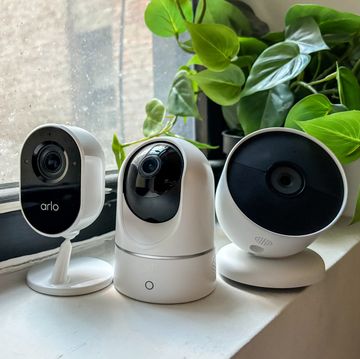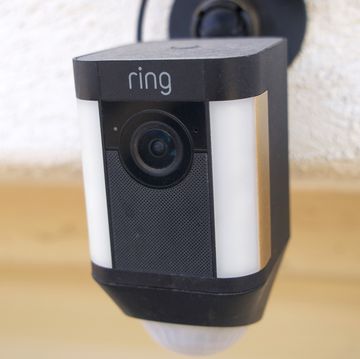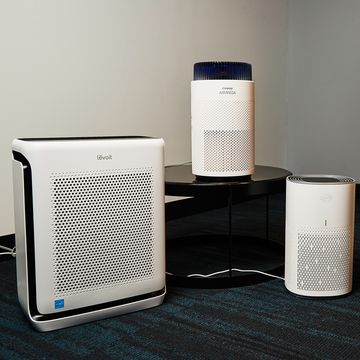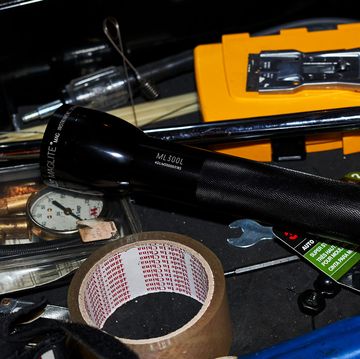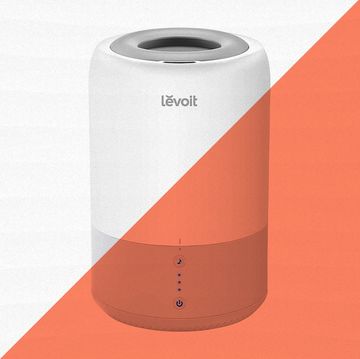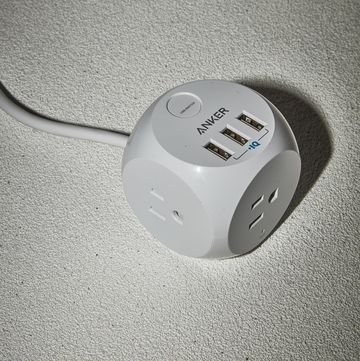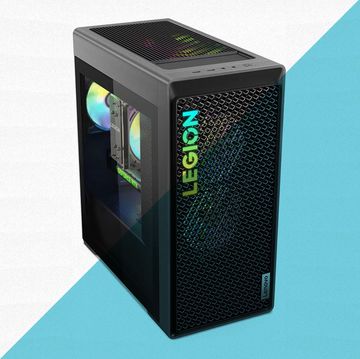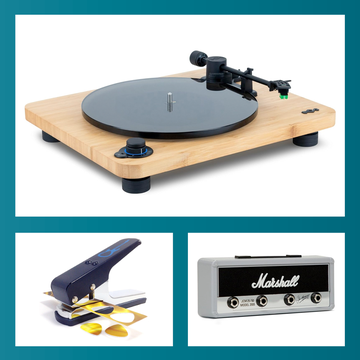During the idle days of late summer, fun in the sun often means fun in the water. So it's the perfect time to test two new cameras on their ability to perform in water and on land. The rough-and-tumble Olympus Stylus 770 SW fears no element — it's waterproof to a depth of 33 ft., plus shock-, freeze- and crushproof (all up to a point, of course). The FujiFilm FinePix F40fd — with face recognition for up to 10 visages per shot and Fuji's latest stabilization features — braves the ocean to a depth of 131 ft., once you enlist the help of a sturdy, airtight waterproof housing. We ran both models through their paces, shooting pictures under a blistering Mexican sky, in a dimly lit apartment, in a pool and while chasing fish through the surf. Here's what we discovered.
>
Olympus Stylus 770 SW
>
DRY LAND: While low-light shots were just plain bad, relying too much on the flash, the Stylus produced beautiful images in normal light and direct sunlight. But compared to the Fuji the photos looked soft, especially when blown up to a 5 x 7-in. print size.
UNDERWATER: The Stylus excelled in the pool, but floundered in open water, with pale, hazy shots that looked like they were taken through gauze. Also, the small buttons made it hard to zoom while swimming.
%" valign="top" style="background-color:#427995; color:#ffffff; padding:2px; font-size:10pt; font-weight:bold; border-bottom:1px solid #cccccc;">
Price
%" valign="top" style="background-color:#b1c0c9; padding:2px; font-size:10pt; border-bottom:1px solid #cccccc;">$380
Weight
5.5 ounces
Resolution
7.1 megapixels
Manufacturer website
>
FujiFilm FinePix F40fd
>
DRY LAND: The FinePix was a solid performer on land, capturing sharp detail and bright color in normal and low lighting conditions. Bright, sunlit photos, however, were a problem — details and lighter colors were slightly washed out.
UNDERWATER: A few images were overexposed, but we appreciated the vivid, crisp shots of our tropical-fish subjects. The case added substantial bulk, but that was good: It made for a surer grasp in pounding waves.
%" valign="top" style="background-color:#427995; color:#ffffff; padding:2px; font-size:10pt; font-weight:bold; border-bottom:1px solid #cccccc;">
Price
%" valign="top" style="background-color:#b1c0c9; padding:2px; font-size:10pt; border-bottom:1px solid #cccccc;">$250, plus $180 for waterproof case
Weight
5.4 ounces (16.9 ounces with case)
Resolution
8.3 megapixels
Manufacturer website
Bottom Line
Both cameras have their pros and cons, and both produce better images on land than underwater — no surprise there. The deciding factor is where you plan on shooting. For snapshots in the pool, the Olympus gets the nod. But for snorkeling, scuba diving or other seagoing expeditions, the Fuji-plus-case is the clear winner.


